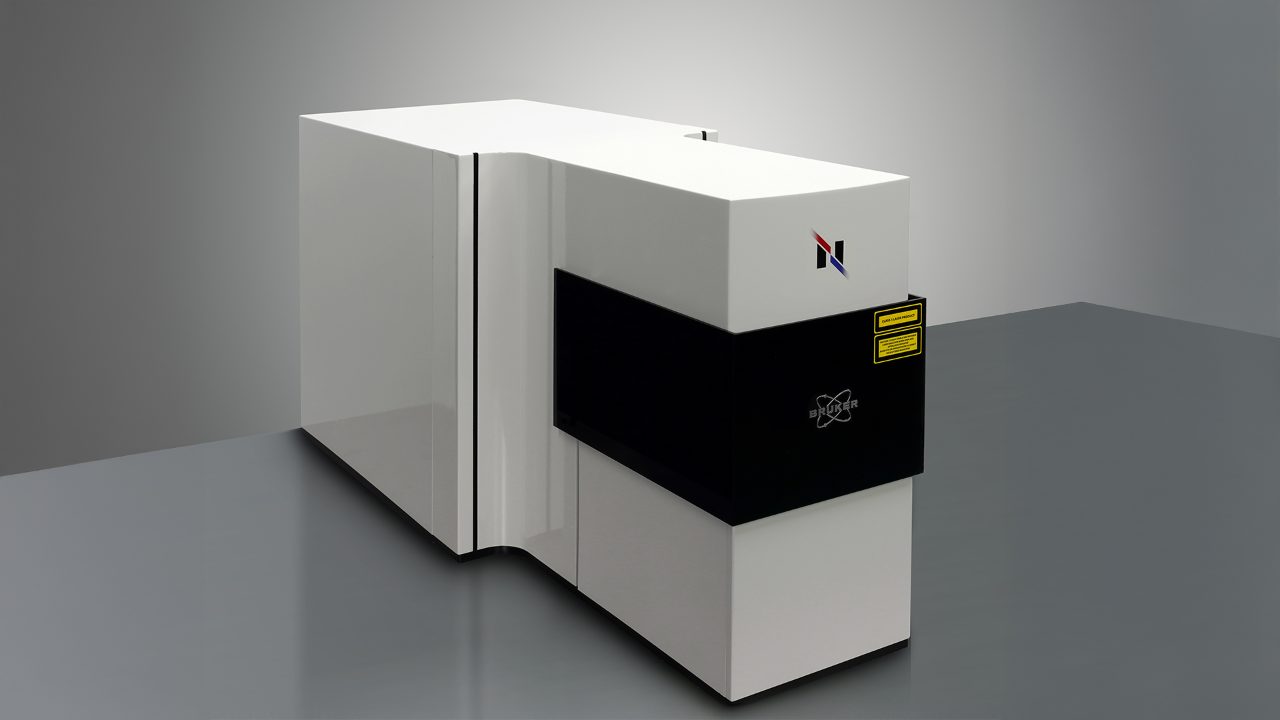

Nanophoton Raman-Mikroskope
RAMANfamily - ein neues Konzept.
Die RAMANfamily besteht aus drei Raman-Mikroskopen, die auf derselben technologischen Grundlage basieren: dem Galvanometer-Scanning. RAMANtouch, RAMANwalk und RAMANdrive entfalten ihre individuellen Stärken je nach Anwendung – etwa bei punktgenauen Analysen im Nanometerbereich, ultraschnellem, hochaufgelöstem Raman Imaging oder der flächendeckenden Untersuchung ganzer Wafer.
Warum Nanophoton schneller ist: Die Macht des Galvo-Scannings
Galvanometer-Scanning verändert grundlegend, wie Raman-Mikroskope mit Proben interagieren. Es ist schneller, stabiler und flexibler als das klassische bewegen eines Probentisches unter einem starren Objektiv und bietet für höchste Präzision für maximale Vielseitigkeit.
Im Zentrum steht ein Galvanometerspiegel, der einen linienförmigen Laserstrahl exakt über die Probe lenkt und in einem einzigenDurchgang den kompletter Querschnitt der Probe angeregt – effizient und berührungslos.
Das dabei emittierte Raman-Licht passiert eine konfokale Spaltblende, die für präzise Tiefenauflösung und räumlich filtert. Anschließend wird das Licht im Spektrographen wellenlängenabhängig aufgespalten und von einem CCD-Detektor mit zweidimensionaler Pixelmatrix aufgezeichnet.
| Galvanometer Scanning | Klassisches "Tisch-Scanning" | |
| Geschwindigkeit | Laserbewegung im Millisekundenbereich | verzögerte mechanische Ausrichtung |
| Vibration / Drift | Keine Probenbewegung | Probe wird bewegt, drift möglich |
| Messmodi | Punkt, Linie, Areal | Punkt, 3D |
| Präzision | Submikrometergenaue Laserpositionierung | Eingeschränkt durch die Verfahreinheit |
| Flexibilität | Kann mit "Tisch-Scanning" kombiniert werden | Die meisten Systeme bieten keine weitere "Scanning-Methode" |
Galvo-Scanning ist schneller.
Beim Galvanometer-Scanning lenken ultraschnelle Spiegel, gesteuert durch elektromagnetische Aktoren, den Laserstrahl mit höchster Präzision über die Probe. Statt den gesamten Probentisch zu bewegen, wird der Laser also optisch über die Oberfläche geführt, d.h. berührungslos, schnell und ohne Massenträgheit.
Man stelle sich einen Scheinwerfer vor, der einem Schauspieler elegant über die Bühne folgt, flüssig und präzise. Die klassische Bewegung des Probentisches ist in dieser Hinsicht das krasse Gegenteil. Um den Schauspieler ins rechte Licht zu rücken, müssen die Bühne und alles auf ihr an die richtige Stelle bewegt werden.
Der Unterschied ist offensichtlich – und spricht klar für die optische Steuerung.
Nanophoton bietet beides.
Klassische Raman-Systeme verfahren den Probentisch, wobei die Probe schrittweise unter einem festen Laserstrahl bewegt wird. Dieses mechanische Verfahren bringt unvermeidbare Verzögerungen mit sich, erzeugt Vibrationen und schränkt die Flexibilität bei der Bildgebung ein.
Nanophoton geht einen anderen Weg: Durch die Kombination von Galvanometer-gesteuertem Laser-Scanning und motorisierter Bühnenbewegung vereinen die Systeme das Beste aus beiden Welten.
Feine Strukturen im Sichtfeld werden blitzschnell optisch erfasst, während größere Flächen präzise über die Bühne abgedeckt werden – schnell, flexibel und vibrationsfrei.
Es gibt drei verschiedene Laser-Modi.
In den Raman-Mikroskopen von Nanophoton steuern Galvanometerspiegel den Laserstrahl präzise entlang der X- und Y-Achsen – und ermöglichen damit:
- Punkt Modus
Einzelspektren an definierten Positionen - Linien Modus
Hochdurchsatz-Linienscans über die Probe - AreaFlashTM Modus
Raman Messung des gesamten Sichtbereits


